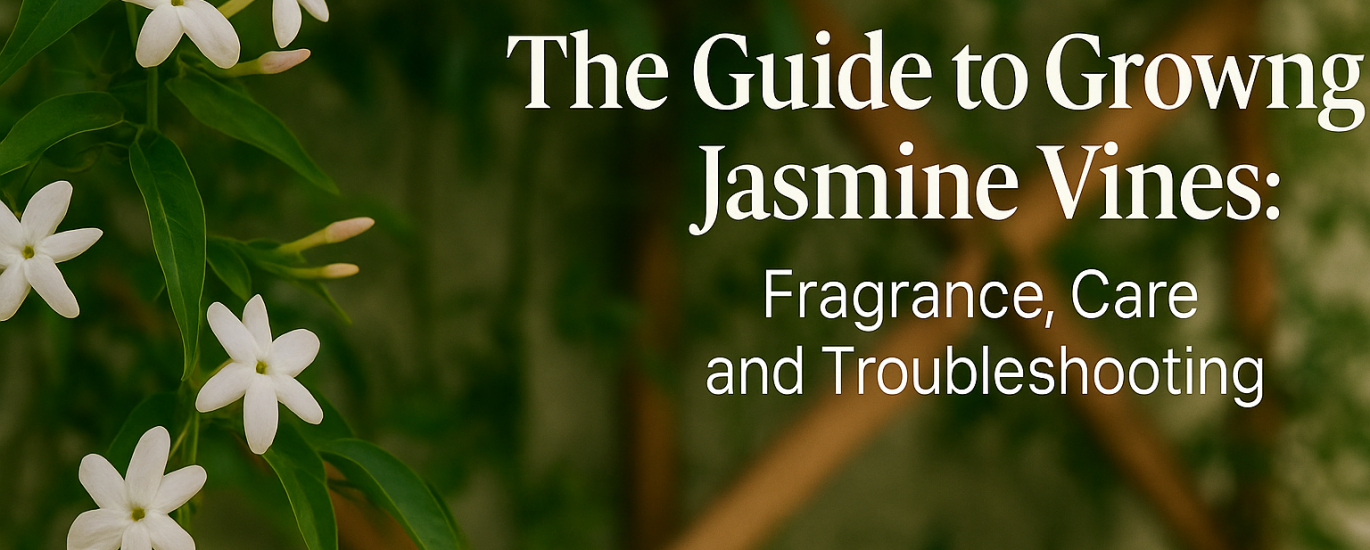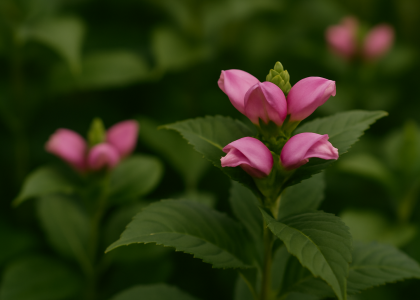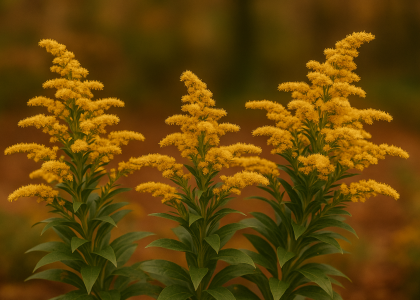Overview: Why Jasmine Belongs in Every Garden
Jasmine vines (Jasminum spp.) are beloved for their intoxicating fragrance, delicate blooms, and versatile growth habits. Whether you're creating a lush outdoor retreat or bringing a touch of elegance indoors, jasmine adds a romantic, sensory dimension to your space. This guide will walk you through choosing the right variety, growing conditions, care routines, and common problems—ensuring success whether you're a beginner or seasoned gardener.
Best Jasmine Varieties & USDA Zone Guide
| Variety | Common Name | USDA Zones | Growth Habit | Notable Features |
| Jasminum sambac | Arabian Jasmine | 9–11 | Bushy/Vine | Popular in perfumes, double white blooms |
| Jasminum polyanthum | Pink Jasmine | 8–10 | Fast-growing Vine | Pinks buds, strong scent |
| Jasminum officinale | Common Jasmine | 7–10 | Climbing Vine | Long blooming period, hardy |
| Trachelospermum jasminoides | Star Jasmine (not true jasmine) | 8–11 | Evergreen Vine | Drought-tolerant, glossy leaves |

Sunlight & Placement
Jasmine thrives in full sun to partial shade. For best flowering:
- Outdoor: Choose a south- or west-facing wall or trellis.
- Indoor: Place near a bright window with at least 4–6 hours of light daily.
Soil & Watering
- Soil Type: Loose, well-drained, loamy soil enriched with compost.
- pH Range: Slightly acidic to neutral (6.0–7.0)
- Watering:
- Keep soil evenly moist but not soggy.
- Reduce watering during winter dormancy.
Pruning & Training
Prune after the flowering season to:
- Maintain shape
- Remove dead or tangled stems
- Encourage bushier growth
Use soft ties to train vines along trellises or balcony railings. Star jasmine can also be clipped into neat hedges.
Feeding & Fertilizing
- Use a balanced fertilizer (10-10-10) monthly during the growing season.
- To boost blooming, switch to a phosphorus-rich formula (e.g., 5-10-5) before and during flowering.
Common Problems & Troubleshooting Table
| Symptom | Possible Cause | Solution |
| Yellowing leaves | Overwatering / Nutrient deficiency | Improve drainage, use liquid fertilizer |
| No flowers | Insufficient light or phosphorus | Move to sunnier spot, apply bloom fertilizer |
| Flower bud drop | Drafts / Temperature stress | Keep temps stable (60–75°F / 16–24°C) |
| Aphids / Whiteflies | Pests | Spray with insecticidal soap or neem oil |
How to Propagate Jasmine (Step-by-Step)
- Take 4–6" stem cuttings with 2–3 nodes in late spring.
- Dip the cut end in rooting hormone (optional).
- Insert into a pot with moist perlite + peat mix.
- Cover with plastic bag to retain humidity.
- Roots should develop in 4–6 weeks.
Indoor Jasmine Care Tips
- Choose compact varieties like Jasminum sambac for containers.
- Use humidifiers or place pots on pebble trays.
- Rotate plants weekly for even growth.
Downloadable Checklist
Want a quick-reference version of this guide?Download the Printable Jasmine Care Sheet (PDF)
Bonus: Garden Design Ideas Using Jasmine
- Romantic Archway: Train common jasmine over a wrought-iron arbor.
- Balcony Paradise: Hang pink jasmine from railing boxes for a waterfall effect.
- Zen Corner: Pair Arabian jasmine with lavender, basil, and pebbles.
Final Thought
In every jasmine bloom, there’s a little calm, a little memory, a little magic. Let your garden be that peaceful, fragrant escape.
👉 Follow @Greenmuse for more beginner-friendly gardening tips, printable care guides, and sensory planting ideas.
📌 Save & Share this guide to spread the jasmine joy!





